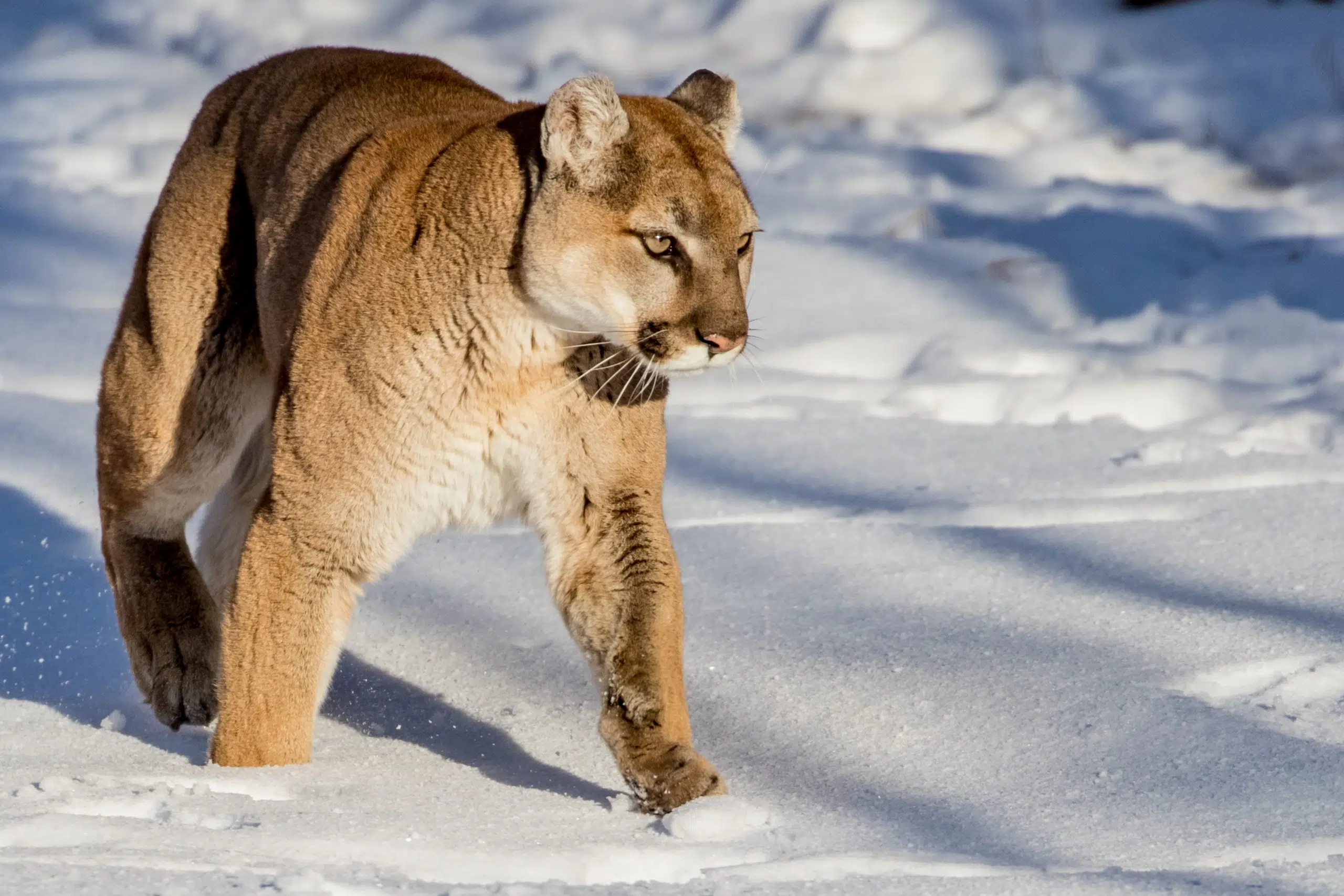By Doug Leier
Wildlife management and biology – science as a discipline – is a function of learning through time, research and analysis. Really not much different than life where we better understand, with a little more time and learning, the past to help plant the future.
Years back when discussions were being held on the management of mountain lions in North Dakota and it was asked how many we had in North Dakota, I’d honestly and lightheartedly explain how mountain lions really don’t like being counted and after each mountain lion was harvested, our population was N-1. We didn’t know or have a scientifically valid estimate.
It was undoubtedly wildlife management 101. After about 15 years since the first legal mountain lion season in North Dakota, we’ve been learning along the way. Jeb Williams, Game and Fish Department wildlife division chief, explains how beneficial the harvest data has been.
“We started to get some information prior to 2005 about a breeding population in the badlands, but up until that point it wasn’t documented,” he said. “We had the first lion season in 2005. Having an experimental season with a very limited take was a form of research.”
The Game and Fish Department, in conjunction with researchers from South Dakota State University, launched the first part of a two-phase research project in 2011. Researchers trapped mountain lions, mostly in the northern badlands, in foot-hold traps and foot snares, marking a total of 22 with ear tags. Fourteen of those animals were also fitted with radio-collars.
More than 500 kill sites (prey killed by mountain lions) were also investigated, showing that of the 12 species eaten by mountain lions, 77% were deer.
“Like a lot of our mark and recapture studies, the collared lions gave us a lot of good information about home range, survivability, reproduction … things that we can really look at as an agency to help us manage mountain lions in the future,” Williams said.
The study indicated that, based on carcasses and mortality of radio-collared lions, that mountain lions in the badlands have a 42-48% survival rate.
“That’s about 30% lower than needed to sustain the current population of this size,” said Stephanie Tucker, Department game management section leader, in the February 2016 issue of North Dakota OUTDOORS.
Williams said the study taught agency wildlife managers that hunter harvest can have a big influence on lion numbers.
And without the study, Williams said, there would be so much biologists still wouldn’t know.
“It’s not like you can get some airplanes in the air and get a handle on where the lions are at, what’s their abundance, those types of things,” he said. “Because lions are very, very secretive, about the only way you’re going to learn some things is through a collar study where you get real-time information that is collected over a number of years. Information such as home ranges, reproductive status … This study was important to us as a Department, which put us in a better situation, a better position to responsibly manage these animals.”





Comments